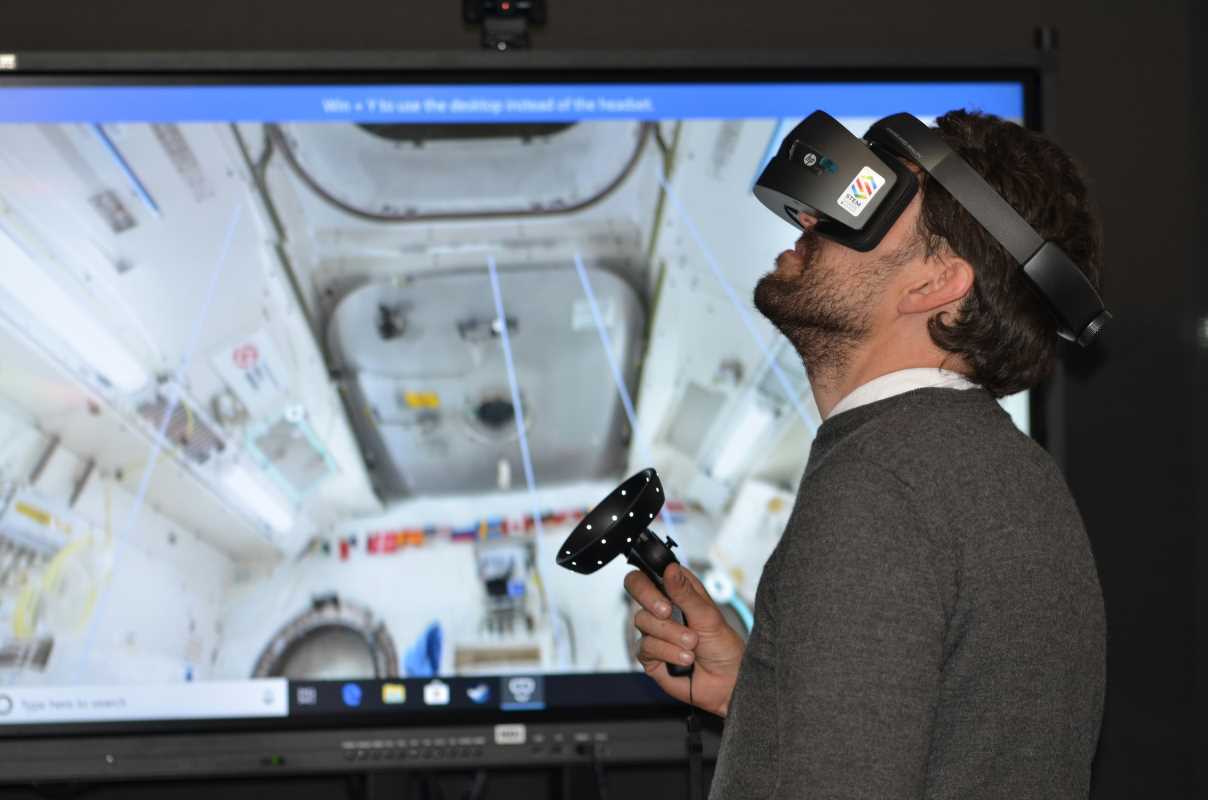The humble password has had a long run, but its time as the primary gatekeeper of our digital lives is rapidly coming to an end. For years, we’ve been told to create complex, unique passwords for every account, a task that has become all but impossible in an era of countless apps and services. The result is password fatigue, rampant credential reuse, and a security model that is fundamentally broken. In its place, biometrics, the science of using our unique biological traits for identification, has emerged as the new standard, with fingerprint scanners and facial recognition now seamlessly integrated into our smartphones.
As we move through 2025, however, even these now-commonplace biometric methods are evolving. The next generation of mobile app security is moving beyond a simple fingerprint scan or face ID. Fueled by advancements in artificial intelligence, sensor technology, and a growing demand for more robust, yet frictionless, security, these new trends are creating a future where our identity is verified continuously and invisibly. We are entering an era of intelligent, multi-layered biometric security that promises to be more secure, more personal, and far more difficult for bad actors to defeat.
The Rise of Multi-Modal Authentication
The single greatest shift in next-gen biometrics is the move away from single-factor authentication toward a multi-modal approach. Why rely on just one biological trait when a combination of several can provide exponentially greater security? Multi-modal authentication is the practice of layering multiple biometric identifiers to verify a user's identity. Instead of just scanning a face, a mobile app in 2025 might simultaneously analyze facial structure, voiceprint, and even the unique typing cadence of the user.
This layered approach makes it significantly harder for fraudsters to spoof an identity. A high-resolution photo might fool a simple facial recognition system, but it cannot replicate a person's voice or the distinct rhythm of their typing. These systems work in the background, combining different data points to generate a single, highly reliable confidence score. For a low-risk action, like opening an app, a quick face scan might be enough. For a high-risk transaction, like a large money transfer, the app might transparently require a voice command or a typed phrase to achieve the necessary level of certainty, providing robust security that adapts to the context of the user's actions.
Behavioral Biometrics and Continuous Authentication
The next frontier of security is making authentication an ongoing, invisible process rather than a single event at login. This is the domain of behavioral biometrics. These systems analyze the unique patterns in how you interact with your device. They learn your personal rhythms: the speed and pressure of your typing, the way you swipe and scroll, the angle at which you typically hold your phone, and even your gait as you walk. These subtle, almost subconscious behaviors form a digital signature that is incredibly difficult to imitate.
This allows for the concept of continuous authentication. Once you log into a high-security app, the behavioral biometric system works silently in the background, constantly monitoring these patterns to ensure the person using the app is still you. If the system detects a significant deviation, for instance, the typing pattern suddenly changes or the phone is held at an unusual angle, it can trigger a security challenge. This could be a request for a fingerprint scan or a simple notification to the user, effectively detecting a potential session hijack in real-time without disrupting the legitimate user’s experience.
Insights and Predictions for Biometric Security
The evolution of biometric security is accelerating, driven by the dual needs for stronger protection and more seamless user experiences. As we look toward the near future, several key developments are poised to become mainstream, fundamentally changing how we interact with our most sensitive mobile applications. These trends point toward a future where security is more personal, more intelligent, and less obtrusive.
Here are some actionable insights and predictions for the future of biometric security in mobile apps:
- Hyper-Personalization Becomes Standard: Apps will move beyond one-size-fits-all security. AI will analyze a user's risk profile and behavior to create a unique security posture for each individual, requiring more stringent checks for some and less for others.
- "Liveness" Detection Will Be Ubiquitous: To combat spoofs from photos, videos, or masks, nearly all biometric systems will incorporate sophisticated liveness detection. This will involve analyzing subtle cues like eye movement, blinking, skin texture, and micro-expressions to ensure the subject is a live person.
- On-Device Processing for Enhanced Privacy: In response to growing privacy concerns, more biometric processing will happen directly on the user's device. The raw biometric data (like your faceprint) will never leave your phone, with only a secure "pass/fail" token being sent to the app's servers.
- The Emergence of Vein Pattern Recognition: As a more secure alternative to fingerprints, expect to see the integration of palm or finger vein pattern recognition. These patterns are internal to the body and nearly impossible to replicate, offering a higher level of security for financial and healthcare apps.
- Biometrics as a Tool for Age Verification: Instead of requiring users to upload ID documents, apps will use AI-powered facial analysis to accurately estimate a user's age, providing a frictionless way to restrict access to age-sensitive content or products.
- Convergence with Wearable Technology: Your smartwatch or fitness band will become a key part of your biometric identity. Data like your unique heart rate variability (HRV) and gait can be used as a continuous authentication factor, confirming your identity as long as the wearable is on your wrist.
AI-Driven Fraud and Anomaly Detection
Artificial intelligence is the engine driving the sophistication of next-gen biometric systems. Its role extends beyond simply matching a face to a stored template. AI and machine learning algorithms are now being deployed to actively hunt for fraud and anomalies in real-time. These systems are trained on massive datasets of both legitimate and fraudulent user behavior, allowing them to recognize patterns that would be invisible to a human analyst.
When a user attempts to log in, the AI isn't just checking the biometric data; it's also analyzing a host of contextual information. Is the login attempt coming from a familiar location and device? Is the time of day consistent with the user's normal habits? Is the device's software environment suspicious? If an attacker in a different country tries to log in using a stolen biometric credential on a jailbroken phone, the AI can flag this combination of anomalies and block the attempt, even if the biometric data itself appears valid. This proactive, intelligent threat detection adds a critical layer of defense.
Balancing Security with User Privacy
As biometric systems collect more intimate and personal data, the conversation around user privacy becomes paramount. Consumers are increasingly aware of how their data is being used, and they are demanding greater transparency and control. The future of biometric security depends on building systems that are not only secure but also deserving of the user's trust. This has led to a significant push for privacy-enhancing technologies.
A key trend in 2025 is the principle of on-device processing. Instead of sending your raw biometric data to a cloud server for analysis, the authentication process is handled entirely within the secure enclave of your smartphone. Your faceprint or fingerprint template is encrypted and stored locally, never leaving your device. This decentralized model drastically reduces the risk of large-scale data breaches, as there is no central server full of sensitive biometric information for hackers to target. By designing for privacy from the ground up, developers can offer the best of both worlds: robust, next-generation security and a genuine respect for user data.







